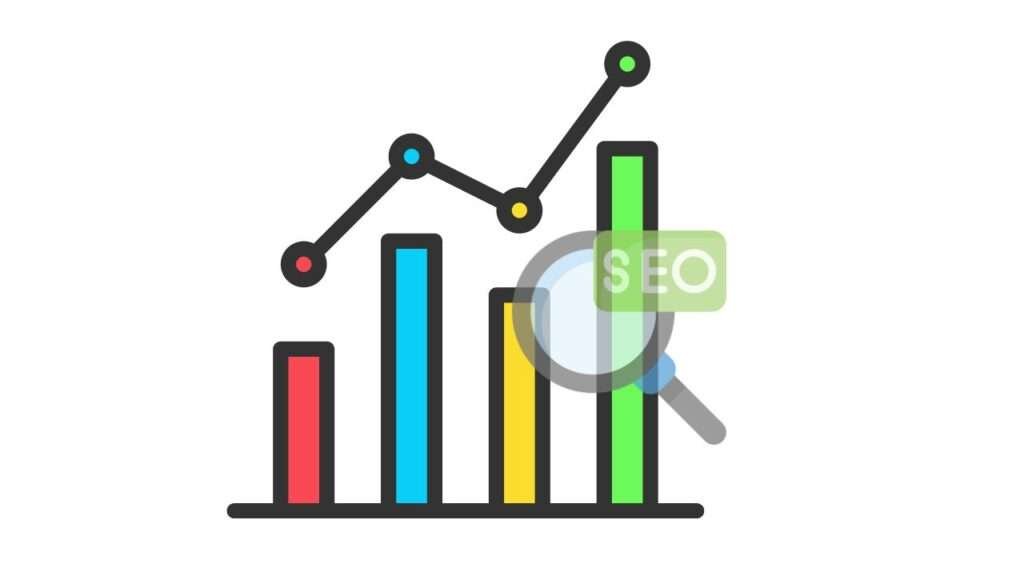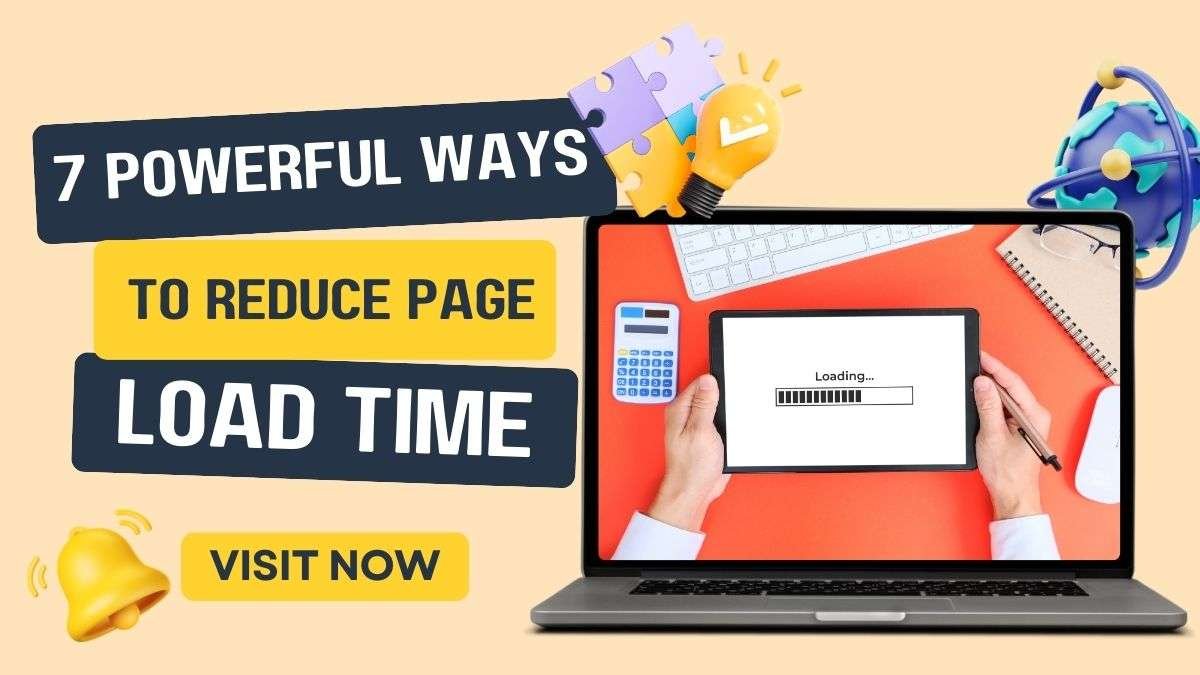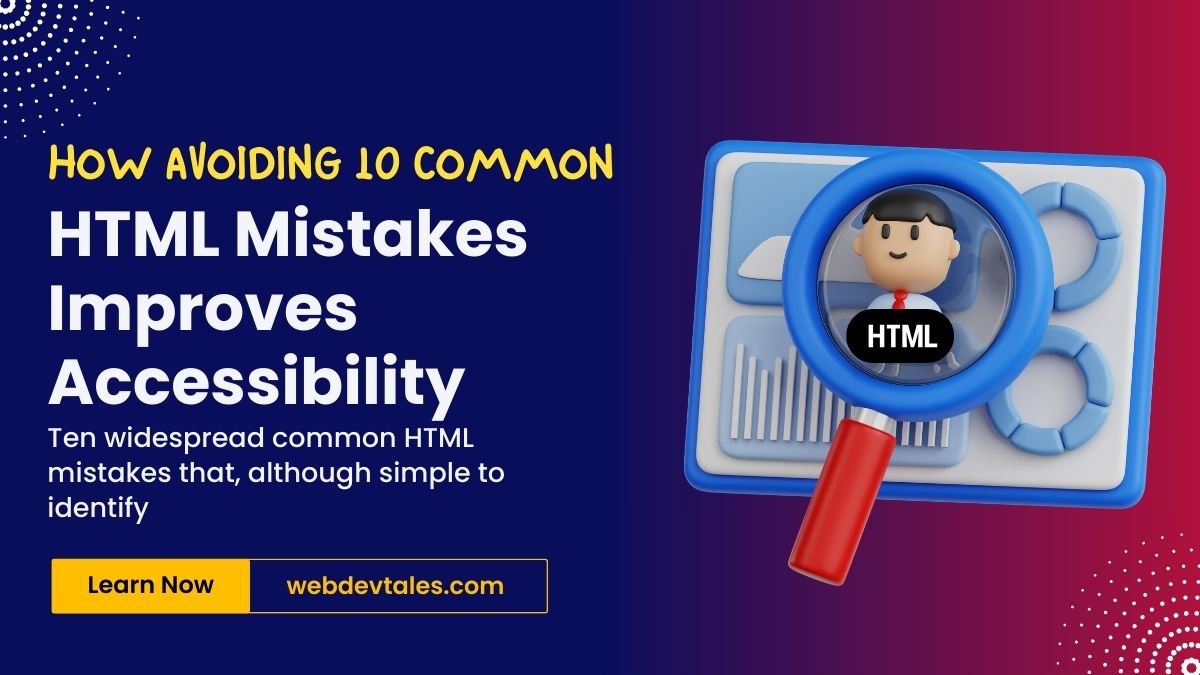Links are like the highways of the internet 🌐. They assist you in moving from one page to another, from one site to the other, and help Google comprehend the context of what you are writing.
If you’re serious about improving your website’s SEO and user experience, then you must understand the proper use of internal and external links. Not only do they help visitors find what they need, but they also keep them engaged and boost your SEO ranking.
So, let’s break it down and spice it up! 🌶️ To help you learn internal and external linking the easy way here is how you can master it in 2024. This post will be Easy Guide to Boost yOUR SEO.
Table of Contents
What Are Internal and External Links, Anyway? 🤔
Before we dive into how to implement these links, let’s first clarify what they are:
- Internal Links: These are links that lead to other pages in the same website or in other words internal links of a web page. Let’s imagine that some of them look like shortcuts to different rooms within a single home.
- External Links: These links make the users move from your site to an entirely different site. For example, it’s similar to giving directions to some site outside your home that you consider more awesome, like this café we’re in right now ✨.
Why Are Links So Important for SEO? 🔑
In addition to internal links, external links also play an important role in search engines. Internal links assist Google in improving its ways of crawling through your website to determine the relative importance of the various pages. External links are useful in a way that they can prove to search engines that you are linking to qualitative content on other sites.

In short, linking is like building relationships: internal hyperlinks positively solidify the internal websites while external hyperlinks form bonds with authorized other websites.
How to Master Internal Links Like a Pro 🔗
Internal links are all about guiding visitors from one part of your website to another, seamlessly. Here’s how to do it the right way:
1. Create a Clear Content Structure 🗺️
Before you can effectively use internal links, make sure your website’s structure is clear. Your visitors need to be able to find related content easily. A well-organized website acts like a roadmap, guiding users through different pages like a GPS.
💡 Pro Tip: You shouldn’t limit yourself to creating separate posts of content but attempt to link different blog posts, product pages, or guides together within your content. For example, if you are writing on SEO strategies, you can link the reader to a related post such as; ‘The Definitive Guide to SEO Keywords’.
2. Use Descriptive Anchor Text 🖊️
Do not use phrases such as ‘click here’.; Instead, use the modified anchor text that will give visitors an idea of what to expect once they click on the link. This is something search engines can appreciate as it is pretty unambiguous.
🔥 Example: Instead of saying “Click here for more info,” write something like “Learn more about mastering SEO in 2024.” Now that’s hot! 🔥

3. Link to Relevant Content 📚
Never link just because it’s something that you are supposed to do. You must ensure that you directing your users to an interesting and helpful page for a better experience in their surfing. When a reader is interested in something, give him or her more by providing an additional link to a relevant topic or a blog.
How to Nail External Linking for Better Authority 🌟
External links lead the readers away from your site, but in wishing them the best, if well executed, it enhances the credibility of your website.
Here’s how to ace it:
1. Link to High-Quality, Trusted Sources 📈
When placing the links outside your blog, there should be a focus on the quality and reputation of the site. To search engines like Google it is a signal that you are interacting with relatable and reliable sources. It turns into, the introduction of a friend, to the best restaurant in town, they will remember your good Samaritan efforts!
💡 Pro Tip: If you link externally, do not link it to a low-quality site or spam site. That’s like taking your friend to some bad restaurant you know 😕. This means there should be no short-term gimmicks but it should stay classy all the time and reputable at all costs.
2. Open External Links in a New Tab 🆕
This little trick makes it possible for the visitor to click on that link without leaving your site, as it will be lurking in the background. Well, we do not want them to lose interest in the business once they visit the new site, don’t we? If the links are opened in a new window or a new tab, residents remain focused while also giving them useful information.

Internal vs. External Links: When to Use What? ⚖️
To that end, I will be outlining, based on empirical evidence, specific practices or the nature of sources to point out when and why one should use what. ⚖️
- Utilize internal links when you wish your users to read more of your content, engage them more, and guide them to other parts of your website.
- External links should be employed when you want to provide backing for arguments and more references, or when you want to reinforce the credibility of the site by linking to well-established, trustworthy ones.
A perfect combination of both will not only optimize users’ experience but also skyrocket your SEO ranking like a rocket.
Conclusion: Link Like a Boss in 2024 💼
When internal and external linking is mastered, it means creating a web of links that can revolutionize both user experience as well as SEO positioning.
That is why your internal links should be carefully planned and smoothly executed as if a tour guide is taking the user through the content 🎤. When linking externally, one should consider it as explaining to your audience about the great sites that they are likely going to enjoy.
Thus, let’s get down to business at last. Begin to link with accuracy, play, and some honey to make readers and crawlers happy to return for more.
Write my other post “7 Powerful Ways to Reduce Page Load Time and Boost Your Website Performance”
Visit this site to learn more about it.
FAQs:
1. What’s the ideal number of internal links per page?
There’s no strict rule, but around 3-5 internal links for a blog post or webpage should suffice. The key is to ensure they’re relevant and add value!
2. Does opening external links in a new tab help SEO?
While it doesn’t directly affect SEO, it helps keep users on your website longer, which can improve dwell time—an important user experience metric.
3. Can too many internal links hurt my website?
Yes, overstuffing your pages with links can confuse both users and search engines. Keep it natural and only link when it’s truly relevant.
4. Do external links affect my site’s authority?
Yes! Linking to high-quality, trusted websites can increase your site’s credibility. Just avoid linking to spammy or low-quality sites.
5. Should I use nofollow for external links?
Use nofollow when you don’t want to pass SEO authority to the linked website, such as for paid links or untrusted sources.




